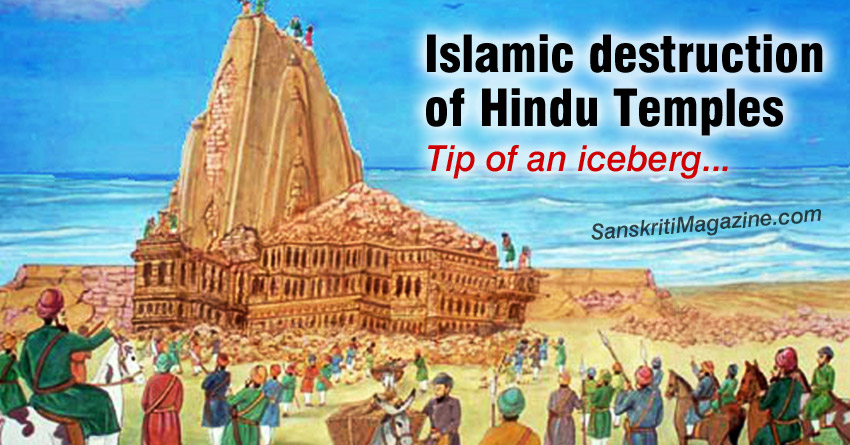
The preservation of certain temples during Islamic invasions in India can be attributed to a variety of factors, and it’s important to note that there is no single explanation for the diverse treatment of different religious sites during this period. Several factors may have contributed to the preservation of temples such as Badrinath, Kedarnath, and some South Indian temples:
1. Political and Military Considerations: In some cases, rulers may have chosen to preserve certain temples for political and strategic reasons. Destroying religious sites could lead to unrest among the local population, making it challenging to maintain control. Rulers often sought to establish stability and consolidate power, and sparing temples might have been a pragmatic decision.
2. Tolerance and Coexistence: While there were instances of destruction of temples during Islamic rule in India, there were also rulers who adopted a policy of religious tolerance and coexistence. Some Muslim rulers recognized the diversity of religious practices in the subcontinent and chose not to interfere with the worship of other communities.
3. Local Governance: In some regions, local governors and rulers had a significant degree of autonomy, and their attitudes towards religious sites varied. Depending on the ruler and the local circumstances, some temples may have been left untouched.
4. Selective Targeting: The destruction of temples during Islamic invasions was not uniform across all regions and rulers. Some invaders targeted specific temples known for their wealth or political significance, while others may not have been as interested in religious iconoclasm.
5. Cultural Influence: Some Muslim rulers were influenced by the rich cultural and artistic heritage of India. They appreciated and patronized Indian art, science, and literature, leading to the preservation of cultural and religious sites.
It’s essential to recognize that historical events are complex, and multiple factors contribute to the outcomes observed. The treatment of temples during Islamic rule in India varied widely, and different rulers had different policies based on their beliefs, strategic considerations, and local dynamics.


